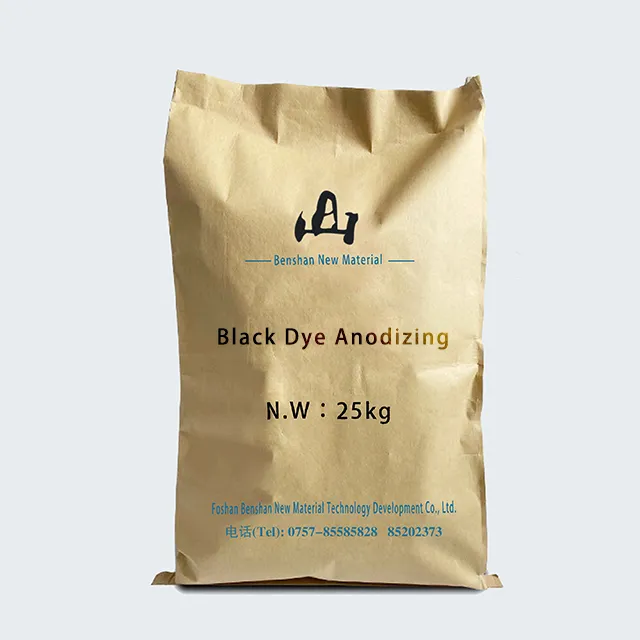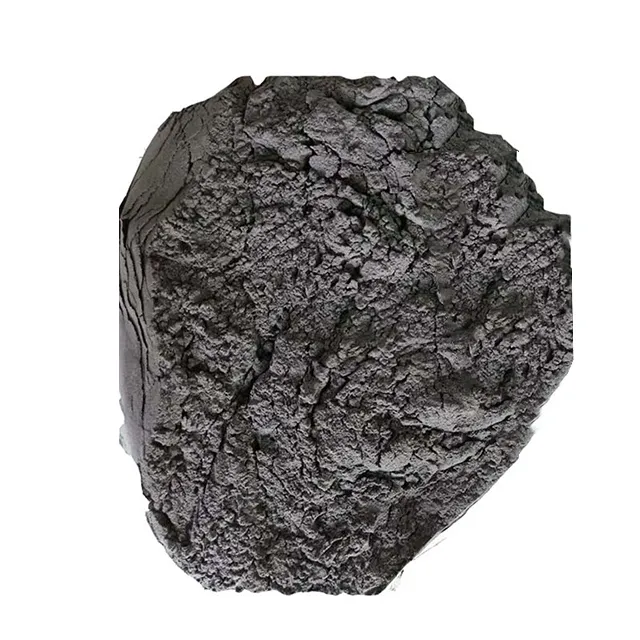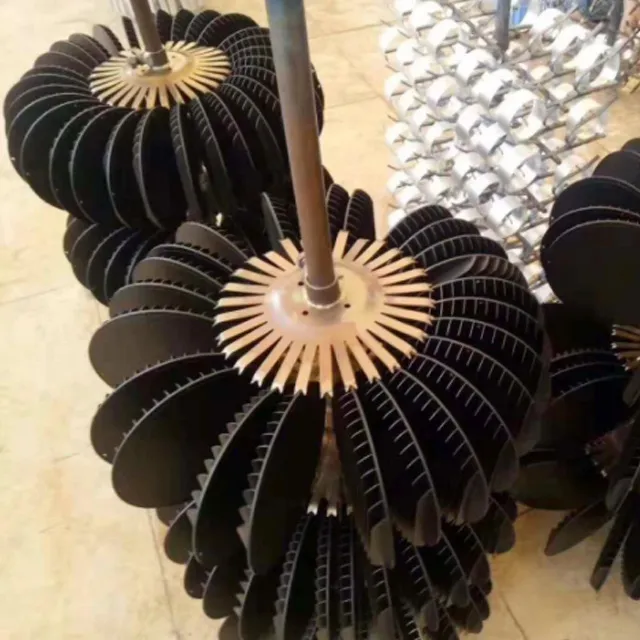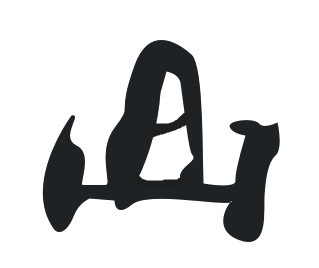
What are the main challenges encountered during the development of anodized dye?
2024-03-06 15:30
Anodizing dye powder plays an important role in metal surface treatment, but the challenges faced in its development process cannot be ignored. This article will conduct an in-depth study of the main challenges in the R&D process of anodized dye and reveal the industry’s efforts and achievements in overcoming technical difficulties.
1. Dye stability and durability: the problem of extending color persistence
The stability and durability of anodizing dye powder are the primary challenges during the research and development process. Since dyes need to be applied under extreme oxidative conditions, they face huge technical difficulties in terms of color durability and resistance to fading. Researchers need to constantly look for new material combinations and processing methods to extend the lasting performance of dyes on metal surfaces.
2. Color uniformity and consistency: technical challenges in achieving uniform dyeing
Achieving color uniformity and consistency of anodized dye on metal surfaces is another challenge. Differences in shape and structure of metal surfaces make dyes prone to uneven colors during the dyeing process. Researchers need to find new dyeing processes to ensure uniform color distribution on different metal surfaces.

3. Environmental protection and health and safety: technological exploration in pursuit of green dyes
With the improvement of social environmental awareness, the environmental protection of anodized dye has become an unavoidable issue in the research and development process. Finding more environmentally friendly and harmless dye ingredients and avoiding the use of chemicals that are potentially harmful to the environment and human health has become the direction of scientific researchers' efforts.
4. Multi-metal applicability: overcoming technical difficulties in metal types
Metal surface treatment involves a variety of metals, and the applicability of anodizing dye powder faces challenges across metal types. In practical applications, dyes need to exhibit similar effects on different metal surfaces. Researchers need to overcome differences in metal properties and find universal dyes suitable for a variety of metals.

5. Dye costs and benefits: balancing R&D investment and market demand
The R&D investment in anodized dye is relatively high, and the uncertainty of market demand requires researchers to maintain a balance between dye costs and benefits. While pursuing high-performance dyes, how to reduce production costs and ensure that dyes are competitive in the market is an issue that requires comprehensive consideration.
6. Technical standards and certification: an urgent need to standardize industry development
In the wide application of anodizing dye powder, the industry needs to formulate corresponding technical standards and certification systems. Currently, the lack of unified standards and certification procedures results in uneven quality of dye products on the market. The industry needs to strengthen cooperation, establish sound technical standards, and promote the standardized development of anodized dye.

7. Technical exchange and cooperation: an effective way to jointly overcome problems
In the face of many technical challenges, technical exchanges and cooperation are particularly important. Information sharing and cooperation among scientific research institutions, enterprises and industry associations can help jointly overcome problems in research and development and promote the continuous improvement of the industry's technical level.
Conclusion
The research and development process of anodized dye faced multiple technical challenges. However, through unremitting efforts and innovation, scientific researchers have gradually overcome problems in dye stability, color uniformity, and environmental protection. This process is not only a witness to the continuous progress of technology, but also lays a solid foundation for the wide application of anodizing dye powder in metal surface treatment.








